Like humans, the total body water in a healthy cat is between 60-70% of their entire body weight. Dehydration is a deficit of water, i.e., the loss of biofluids in the body, compared to the amount of water consumed. If not restored, the water deficit can alter a cat's normal bodily functions and pose serious health concerns.
Reasons for Dehydration:
There can be more than one reason as to why your feline friend isn't well hydrated. Some of them are:
Temperature - The higher temperature in your cat's habitat amounts to a quick loss of water from her body. The drier the environment outside and inside your house, the more likely your cat would not be adequately hydrated.
Activity - The nature of some cats may be over-enthusiastic and playful. They tend to lose all their energy in jumping from one place to another, resulting in dehydration. Kittens, especially, are a bundle of power, and they love to play. Pet owners must ensure that they are consuming enough water throughout the day.
Behavior - Most cat's nature is to have fresh running water, from a water fountain and not from a bowl. This lack of required water intake in a cat's body results in dehydration which causes an imbalance in her bodily functions.
Symptoms of Dehydration in Cats
Unless it’s a visible injury, felines can mask their pain and illnesses exceptionally, which is why it can be difficult to tell if your cat is dehydrated. However, there are ways pet owners can take the cue and figure out if their feline friend is dehydrated. They may show sure signs such as:
A shift in skin elasticity, i.e., upon pinching the coat, the folded skin stays upright
Less frequent urination, i.e., urinating less than normal
Visibly out of breath, rapid heartbeat, palpitations, etc
Dry mouth with hollow, darkened and sunken eyes
Being inactive, sluggish or lethargic
Infrequent bowel movement - constipation
Cause of Dehydration - Other than the risk of dehydration, the loss of body fluids can severely affect your cat's normal bodily functions, imbalance in metabolism, proper organ functioning, and risk of poor skin health. In order to maintain your cat’s coat and optimal health, pet parents must ensure that they subscribe to a monthly flea treatment for cats, which will prevent both internal and external infestation. Further, we have listed some tested and tried tests you can perform to check the hydration level of your cat:
1. Skin Test:
Similar to humans, dehydration in cats happens when there is excessive loss of fluid from its body. There are classic signs to identify the same. Some prominent ones are dry gums, refusal to eat food, and sunken eyes. The skin test is the easiest way to know how hydrated your feline friend is and how much replenishment it needs. All you have to do is hold the skin above your cat's shoulders gently and leave it to notice if it snaps back or goes back slowly in its place. The more slowly it goes back, the more dehydrated your cat is.
2. Eyes Test
Eyes can tell a lot about the hydration state of your cat. One can easily make out the hydration levels through your cat's eyes. If they appear sunken and dull, your cat needs to be hydrated. In most cases, if your feline friend hasn't had water for a long duration, their eyes will lack their natural focus and shine and appear dry. Take the hint and replenish them with an ample amount of water.
3. Gums Test
One of the simplest ways to check the hydration level of your cat is by checking its gum. If the gum is pink and moist, your feline friend is well hydrated. If it appears dry and sticky by any chance, you should be able to make out that your cat needs water. The other way to be sure is by pressing your finger gently on her gum and noticing the area staying white for more than a minute. If it happens, it is a sign that your cat is dehydrated.
4. Litter Test
One of the unusual but effective ways you can test the hydration situation of your cat is by observing its littering pattern. If your feline friend is dehydrated, there are high chances that she will be constipated. Notice if your cat is going to the bathroom less than usual, and these signs will give you a good idea if your cat is dehydrated.
5. Breathing Pattern
One more indication could be the abnormal breathing pattern of your cat. She could be panting heavily because of being dehydrated. While it can be a signal towards a potential danger, panting can also lead to a loss in your cat's mouth. Elevated heart rate is the most common indication from your cat that she desperately needs to replenish.
In conclusion, pet owners should be aware that every cat is unique and has preferences for its food habits. However, being hydrated is one of the most critical focus areas for the well-being of your feline friend. Not only does it keep their bodily fluids in proper function, but it also helps maintain the balanced electrolyte demand of the body. With adequate measures and proper planning, pet owners can keep their cats hydrated and nourished.




